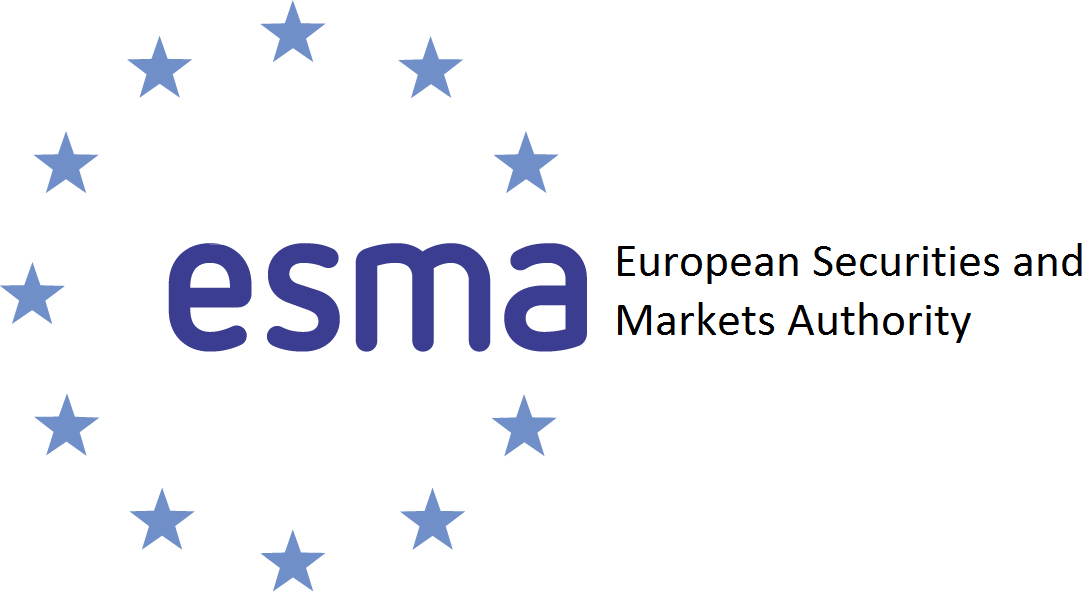Industry bodies recently took an important step by agreeing on 11 practical considerations for implementing an EU consolidated tape for equities, though it may be a while before such a data aggregation structure exists in ETFs.
The European Fund and Asset Management Association (EFAMA), Association for Financial Markets in Europe (AFME), Chicago Board of Options Exchange (Cboe) and German Investment Funds Association (BVI) said in a joint position paper that a consolidated tape would democratise access to equities with a comprehensive and standardised view of EU equities prices.
Such a step would contribute to a “single investable universe” that would be more able to withstand a single trading venue failing and would also reduce the complexity and costs associated with fragmented data licencing practices, the paper said.
Looking at its 11 principles, the industry groups began by saying a tape would not be sensible for latency-sensitive users as the time involved in centralising and consolidating data from different venues would not suit use cases such as smart order routing, algorithmic and high frequency trading.
Instead, latency sensitive activities would continue sourcing data from direct feeds, while consolidated tape uses would include data usage by professional and retail investors, risk management and surveillance. As such, it does not require expensive, low-latency infrastructure.
Next, the paper suggested all contributors to the tape should be involved in revenue sharing, using a model that does not encourage behaviour such as “tape shredding” or “quote stuffing”, renumerates contributors on the notional value of trading, incentivises the provision of pre-trade data by venues and provides clarity of revenues to smaller exchanges.
It also stressed a consolidated tape should be delivered by a single commercial enterprise, subject to oversight but with a reasonable profit margin after internal costs and revenues shared to data contributors.
To attract a commercial provider, the paper said a viable business opportunity must be created by a comprehensive tape for equities and ETFs, requiring venues and approved publication arrangements (APA) to be obligated to contribute real-time pre-and post-trade data.
It added the engineering of the consolidated tape and its feeds should be simplified, which should involve infrastructure that can receive pre-trade data from the outset. Within this, prospective tape providers should be chosen based on their ability to support the receipt, consolidation and potential distribution of pre-trade data from all venues.
Tape content should also be designed to cover the full trading day, the authors said, including a feed of all price-forming executions, an updated “trading status” for each instrument, a consolidated top-of-book made up of available venue quotes and the indicative volume and price of the auction indicating the largest volume in the security.
The paper noted a consolidated tape would not require a change to best execution rules and that brokers should have discretion over which venues to access, however, it argued enhanced liquidity was an appropriate objective from the introduction of the tape.
The tape would also need to be priced at a level that balances a maximum user base of professional and non-professionals, ensuring preferential compensation to smaller venues, while also generating sufficient revenues to be commercially successful.
It should also be sold with a simple, single market data licencing framework, with pricing set solely by the tape’s provider. This, the paper said, would remove the complexities which currently disincentivise access to data and investing across the EU.
It also suggested data licencing should use the European Securities and Markets Authority’s (ESMA) terminology and methodology and preferential treatment of smaller exchanges could be adopted to protect some market data revenues.
The paper concluded by saying firms should not be forced to consume consolidated tape data, as some will already purchase direct feeds from venues while others may need to identify the best use cases for the tape once it has launched.
Reflecting on the proposals, Henry Jim, ETF analyst at Bloomberg Intelligence, said: “This is an important step in bringing a cohesive voice to face against a patchwork of strong localised interests in Europe.”
The establishment of an electronic system that aggregates and shares real-time trade data would certainly improve transparency in the price formation process, which has been a somewhat unrealised goal of MiFID II.
This move in equities is positive even if investors have to wait a while longer for such a system to exist for ETFs, which bear the brunt of fragmentation given they often tend to be listed across exchanges in different countries.
Tilman Lueder, head of securities at the European Commission, said at ETF Stream’sEuropean Ecosystem Unwrapped event it is more “prudent” for the regulator to focus on liquidity and fragmentation issues in the underlying securities. In turn, only a tape for equities and bonds would be implemented in “phase one”, with ETFs and derivatives to be addressed at a later date.
Related articles







